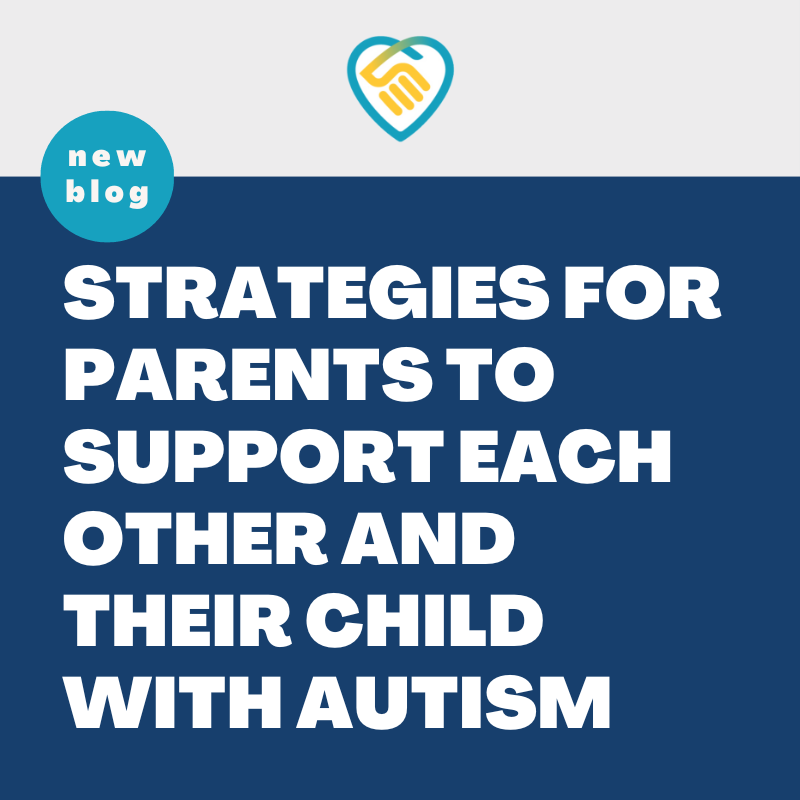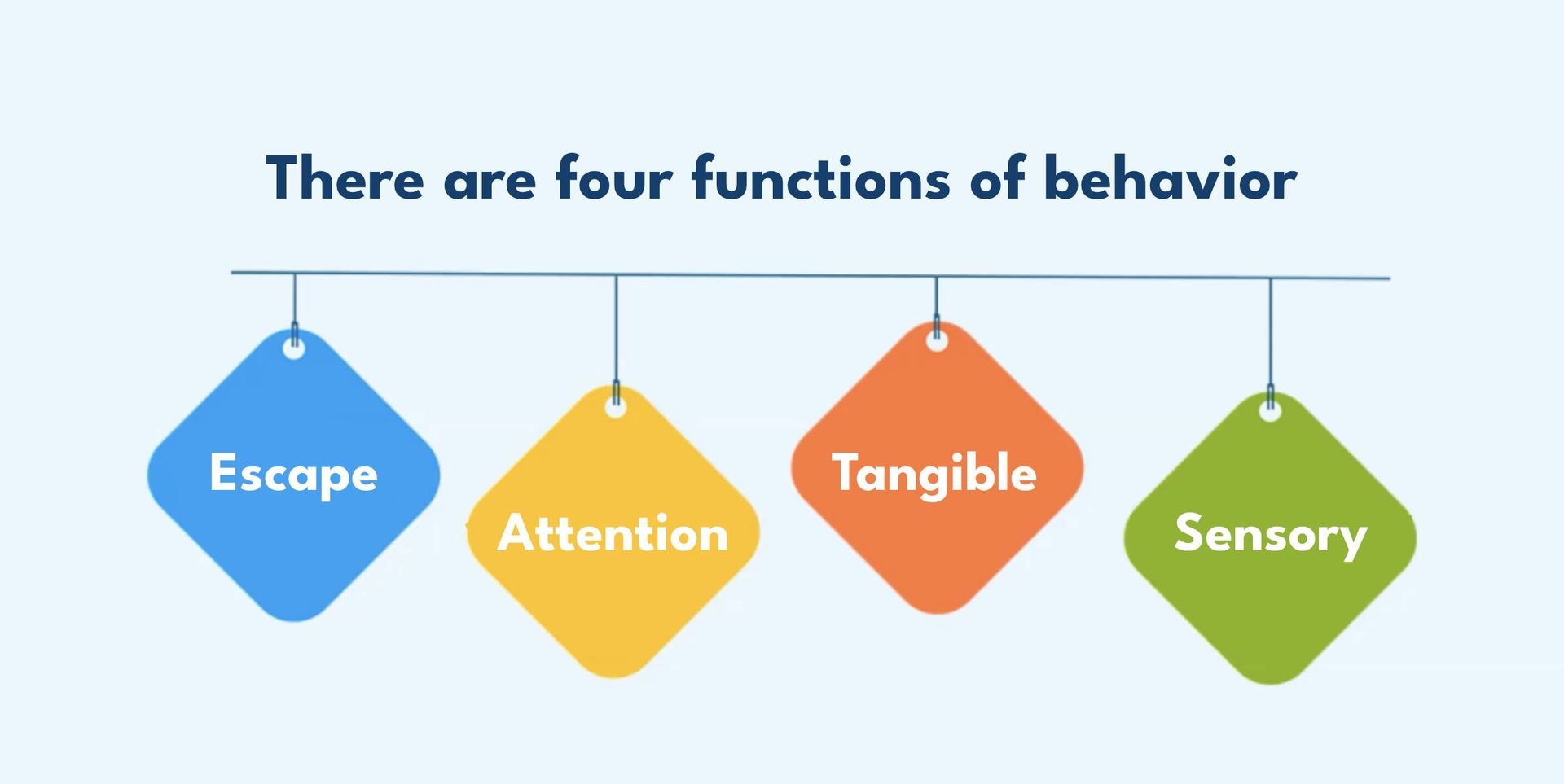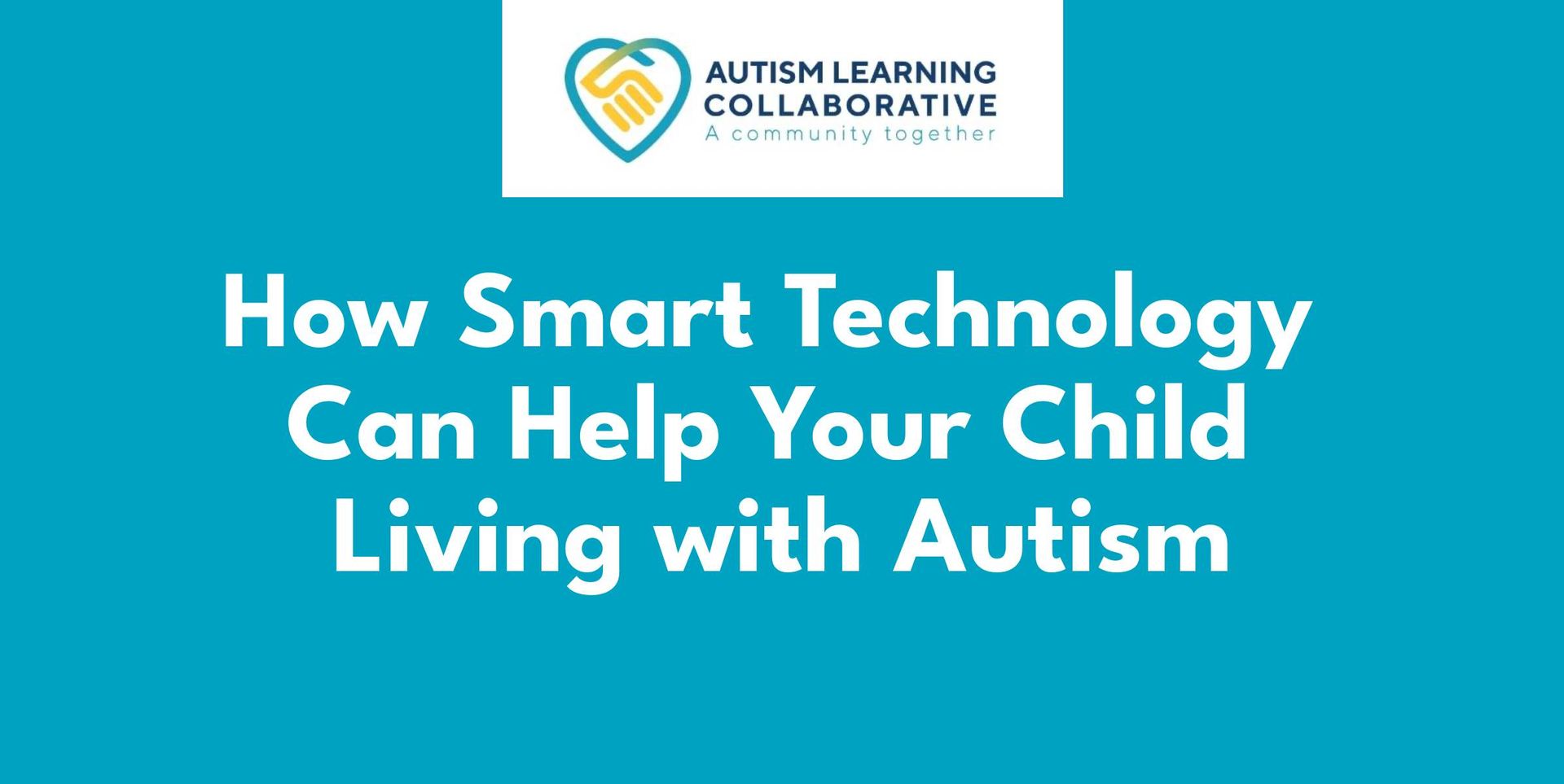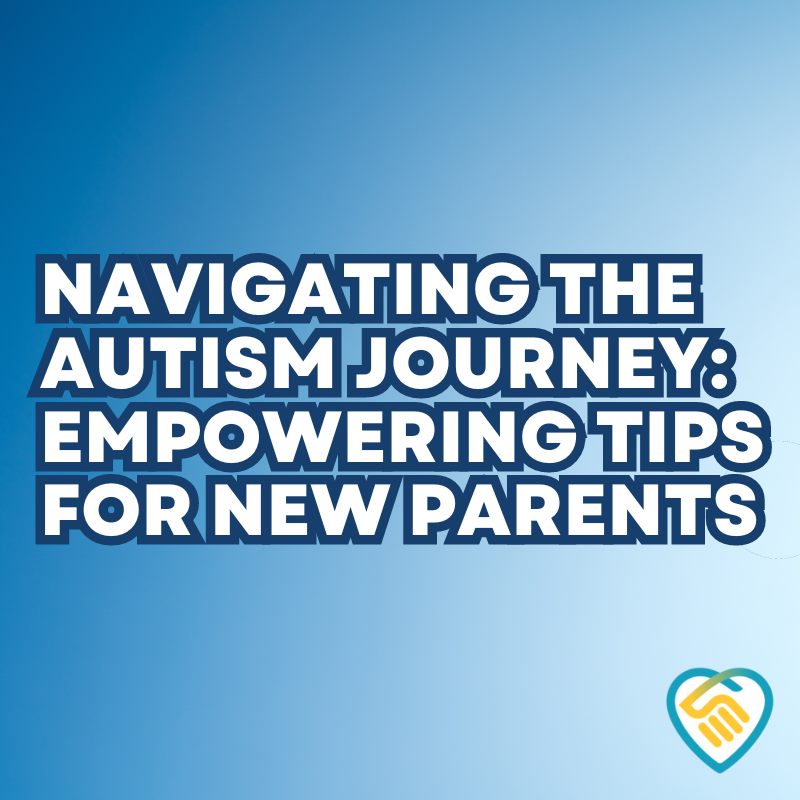What Does a Behavior Analyst Do? Life as a BCBA


What Do BCBAs Do?
Becoming a behavior analyst is no small decision — BCBAs must have a master’s degree in a related field, complete required behavior-analytic graduate coursework, fulfill between 1500 to 2000 hours of supervised fieldwork, pass the BCBA exam and in some states, apply and be approved for state licensure.
Looking at the position broadly, being a BCBA involves observing and assessing individuals, creating tailored programs, training others, evaluating progress, modifying programs as needed and providing supervision. These professionals should have some of the following skills:
- Problem-solving
- Written and verbal communication
- Patience
- Multitasking ability
1. Create and Individualize Programs
Every child has unique needs, and a BCBA works to create and individualize these programs. A behavior analyst observes baseline levels of behavior, assesses the child to determine strengths and weaknesses and creates a treatment plan with heavy collaboration with the child and their family. The BCBA then trains a behavioral therapist or technician to implement the plan. Once the program begins, the BCBA monitors the child's progress and keeps track of all modifications to the treatment plan.
A behavior analyst spends a lot of time ensuring the plans they create are tailored to each child based on their individual goals. The same plan will not work for every child, meaning a large bit of a behavior analyst's day is dedicated to creating and individualizing programs for clients.
2. Communicate With Parents & Care-Givers
BCBAs also must communicate with parents and caregivers as part of the job. The goal of ABA therapy is to help children with autism meet and exceed their goals. BCBAs and behavioral therapists guide children through therapy sessions, but it's just as important to provide parents and caregivers with resources to help their children at home and outside of therapy.
Parents should be involved in their child's treatment plan so they can assist their child from home. BCBAs communicate with parents and caregivers to keep them updated, identify concerns and provide recommendations. During these sessions, behavioral analysts review data with parents or caregivers to see how their child is progressing.
Gaining a parent's insight is very valuable for helping a child progress to continue meeting goals.
3. Observe ABA Sessions
A large part of the job is to make treatment decisions based on the data you gather while observing an individual's behavior. Behavior analysts attend ABA sessions to monitor how an individual with autism is progressing in treatment or to observe their behavior. During or shortly after an ABA session, a BCBA might:
- Give feedback to the behavioral therapist about the implementation of the treatment plan
- Make recommendations for sessions going forward
- Interact with the individual to learn more about their behaviors and discover how to adapt treatment plans
- Answer any questions the behavior therapist might have about the session
Observing ABA sessions is an essential part of a BCBA's day because regular evaluation means the increased ability to make effective updates to treatment methods. However, interacting with clients will likely not make up the bulk of your day as a behavioral analyst. You might see a few clients daily, but a large portion of your day will be dedicated to other behind-the-scenes duties.
4. Analyze Data
BCBAs will look at data collected by the behavior clinician during ABA sessions almost daily. Then, they can assess whether the client is making progress. They might notice a trend suggesting the child is not making strides toward their goals, in which they'll update the programming.
5. Stay Updated on Research and Literature
To create effective programs, BCBAs must stay current on recent literature and research surrounding their field. Like any other science, ABA changes frequently. Reviewing research helps BCBAs solve problems, study new methods and create new hypotheses so they can continue serving clients to the best of their abilities.
6. Provide Staff Training
A board-certified behavioral analyst might provide additional training to staff members aside from ABA sessions. Training might be more general and deal with updated procedures in the field of behavioral analytics, or it can be client-focused. For instance, a BCBA could hold meetings with every member of a client's team to ensure everyone is on the same page regarding the goals of programming and strategies.
7. Communicate With Treatment Teams and Update ABA Programming
BCBAs will also spend time analyzing the effectiveness of current programming and aiming to improve it if necessary. To do so, they might ask the following questions:
- How are clients progressing?
- Are parents engaged in programming?
- Could programs be revised to become more effective?
Collaboration is a major part of a BCBA's role. To update or improve programs for clients, they might collaborate with the treatment team, schoolteachers, doctors and more. This will help the child reach their goals and reduce maladaptive behaviors. For example, scheduling meetings with a child's teacher allows the BCBA to see how the child behaves during school.
A Day in the Life of a Board Certified Behavior Analyst
As you can see, the day-to-day life of a BCBA is hectic, filled with meeting clients, preparing paperwork, planning programs, communicating with staff and more. However, the position can also be extremely rewarding for those who want to help clients while doing meaningful work behind the scenes. Becoming a BCBA ensures you will be doing work that helps children learn and grow.
Join Our Team at the Autism Learning Collaborative
If you're interested in becoming a BCBA who works with children who have autism, consider applying at the Autism Learning Collaborative. We're always looking for people who will strengthen our team. Browse our open positions today!


CONTACT US
Toll-Free: 844-743-6506









